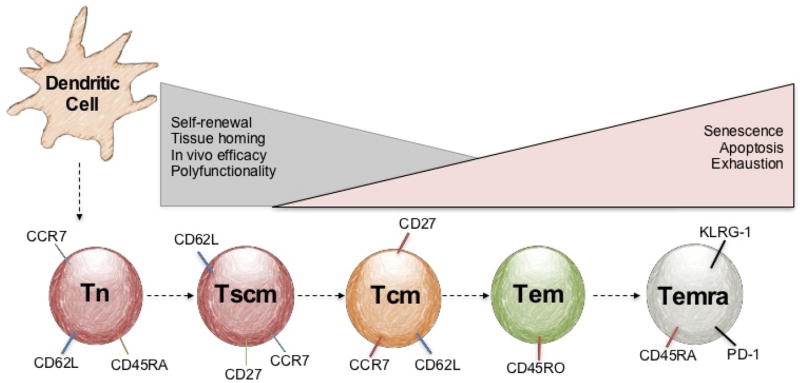Figure 2. Memory profile of T cells post progressive expansion with DCs.
T cells progressively differentiate from naïve (CCR7+ CD62L+ CD45RA+), stem (Tscm, CD62L+CD27+CCR7+), central (Tcm, CCR7+CD62L+CD45RO+) to effector (Tem, CCR7-CD62L-CD27+CD45RA-CD45RO+) memory profiles that is influenced by the amount of antigen-stimulation from the dendritic cell or artificial APC and cytokines used for in vitro expansion. As a T cell differentiates, they down-regulate certain receptors that can alter their ability to self-renew, home to tissues, secrete cytokines or mount immunity to self or tumor tissue. When a T cell becomes chronically stimulated by antigen they may become terminally differentiated also known as Temra. CD8+ Temra are renderedanergic and/or exhausted denoted by the up-regulation of exhaustion markers PD1 and KLRG1 and re-expression of CD45RA. ACT clinical trials are interested in using stem (Tscm) or central (Tcm) memory T cells for cancer treatment, given their promise in preclinical models compared to the less effective effector memory T cells (Tem, CCR7-CD62L-CD27+CD45RA-CD45RO+).

